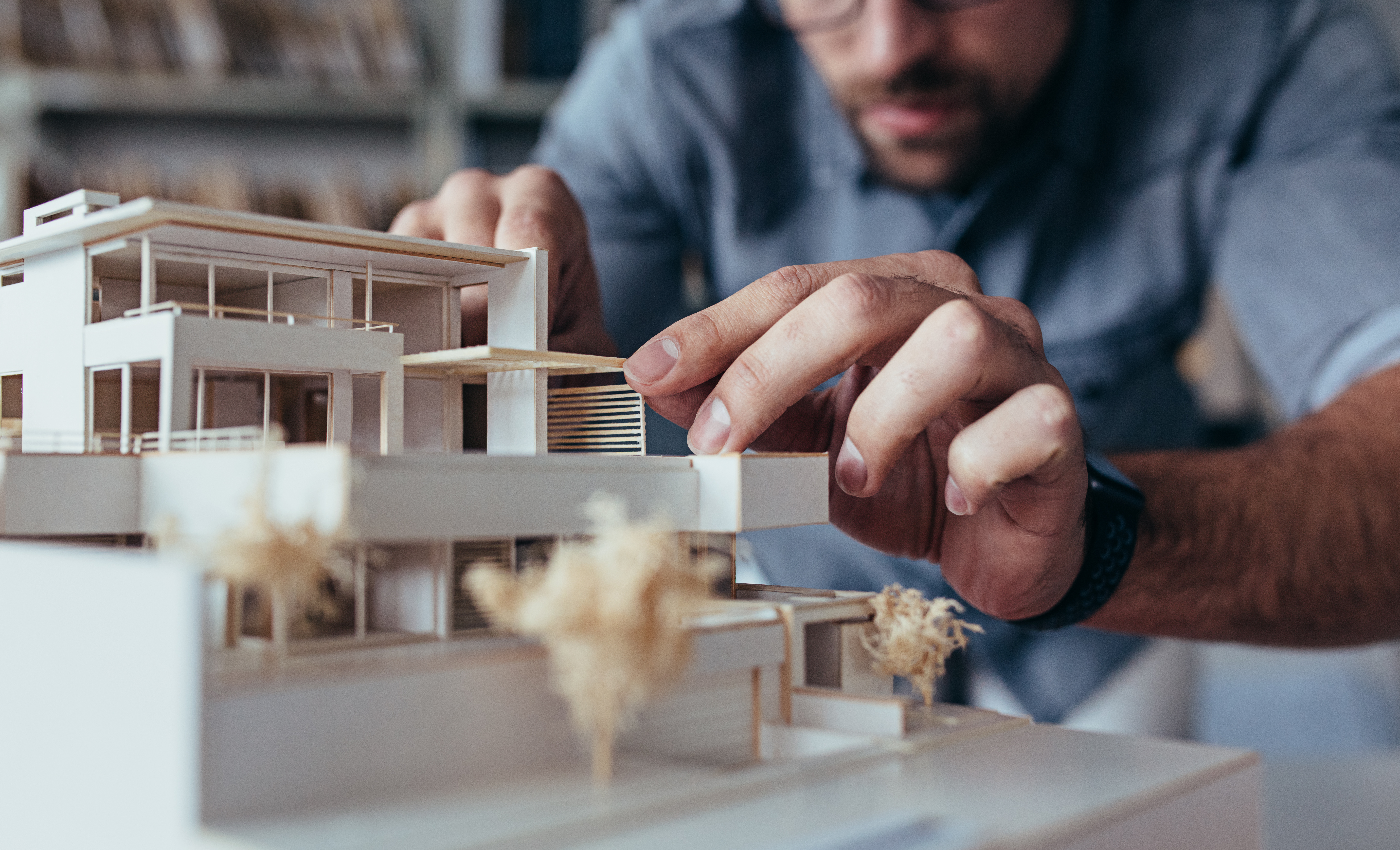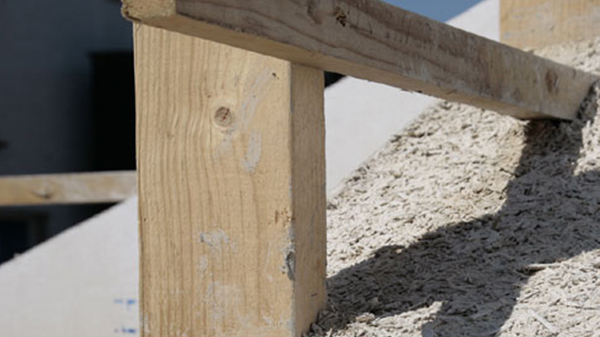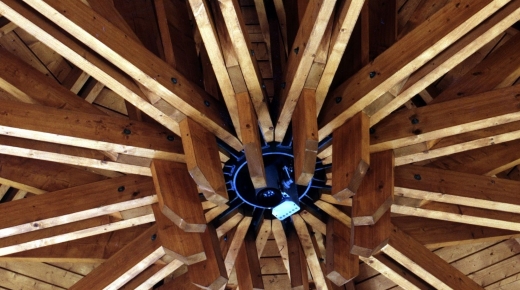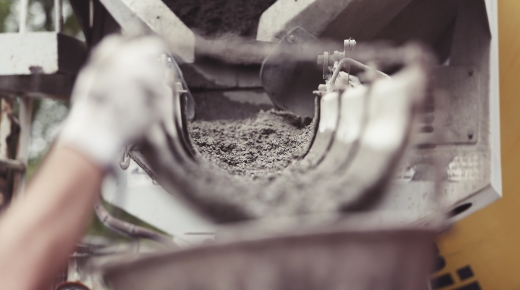Research and development services - BRE Group
Research and development services
Our track record in building research is second to none. From researching safe materials for “homes for heroes” after World War I, to the resilience of today’s buildings to climate change, we have been at the forefront of research and development for over a century.
Bringing your ideas to life
We offer research services in almost every aspect of the built environment. We generate new knowledge, support and test new ideas and can help you research and develop your project.
Leading built environment research
We also conduct our own research programmes, funded by the BRE Trust from our commercial operations, often in partnership with other research organisations and research funders.
Learn more about materials research

Fire safety research
With one of the largest and most advanced fire research facilities in Europe, we offer research and investigation services in all fire issues concerning buildings, infrastructure and transport.
Learn more about fire safety researchMaterials research
We have some of the most comprehensive materials research capabilities in the world. Our experts deal with all issues relating to the properties, use and sustainability of construction materials, and with new materials research.
Learn more about materials research
Case studies
Discover our research projects and their impact.

CLICKdesign helps specifiers choose wood products with confidence

ECO-Binder demonstrates new way to reduce carbon footprint of concrete
Get in touch
For more information, call us on +443333218811, email us at enquiries@bregroup.com or use the online form.
Contact us